The secretive world beneath our feet holds a fascinating array of reptilian life that many snake enthusiasts rarely consider. While some snake species bask in the sunlight draped across branches, others have evolved to thrive in the darkness below ground. Burrowing snakes have developed specialized adaptations that make subterranean living not just possible but preferable. Understanding why certain snakes burrow and how to accommodate this natural behavior is essential for providing optimal care in captivity. Whether you’re a seasoned herpetologist or a curious beginner, learning about these underground specialists opens up a new dimension of snake-keeping that focuses on replicating their natural behaviors and environments.
The Evolutionary Advantage of Burrowing
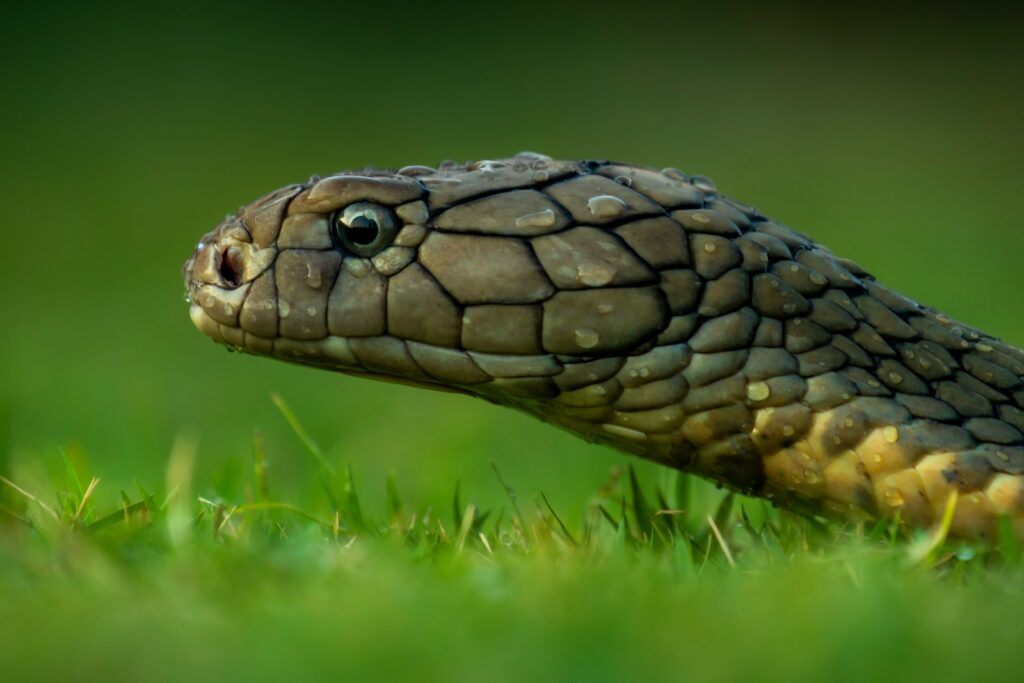
Burrowing behavior in snakes didn’t develop by chance—it emerged as a powerful survival strategy across various snake families. This adaptation provides critical protection from predators, as hidden snakes are much harder to detect and capture. Underground environments also offer remarkably stable temperatures compared to the fluctuating conditions above ground, helping snakes maintain their optimal body temperature with less energy expenditure. Additionally, the high humidity levels typically found in burrows help prevent dehydration, a common challenge for reptiles. Perhaps most importantly, subterranean hunting grounds are rich with prey items like worms, insects, and small burrowing mammals that surface-dwelling predators might miss, giving burrowing specialists access to an ecological niche with less competition.
Common Burrowing Snake Species

Several snake families have members that excel at burrowing, each with unique adaptations for their underground lifestyle. Sand boas (Eryx species) are renowned burrowers that use their blunt, wedge-shaped heads to efficiently move through substrate. Western hognose snakes (Heterodon nasicus) feature distinctive upturned snouts that function like shovels, allowing them to dig through sandy soils with remarkable efficiency. Kenyan sand boas (Gongylophis colubrinus) have evolved smooth, cylindrical bodies and small eyes protected by thick scales—perfect adaptations for a life spent mostly underground. Other noteworthy burrowing specialists include rosy boas, rubber boas, blind snakes, and worm snakes, all of which spend significant portions of their lives beneath the surface searching for prey, regulating body temperature, or avoiding predators.
Physical Adaptations for Underground Living
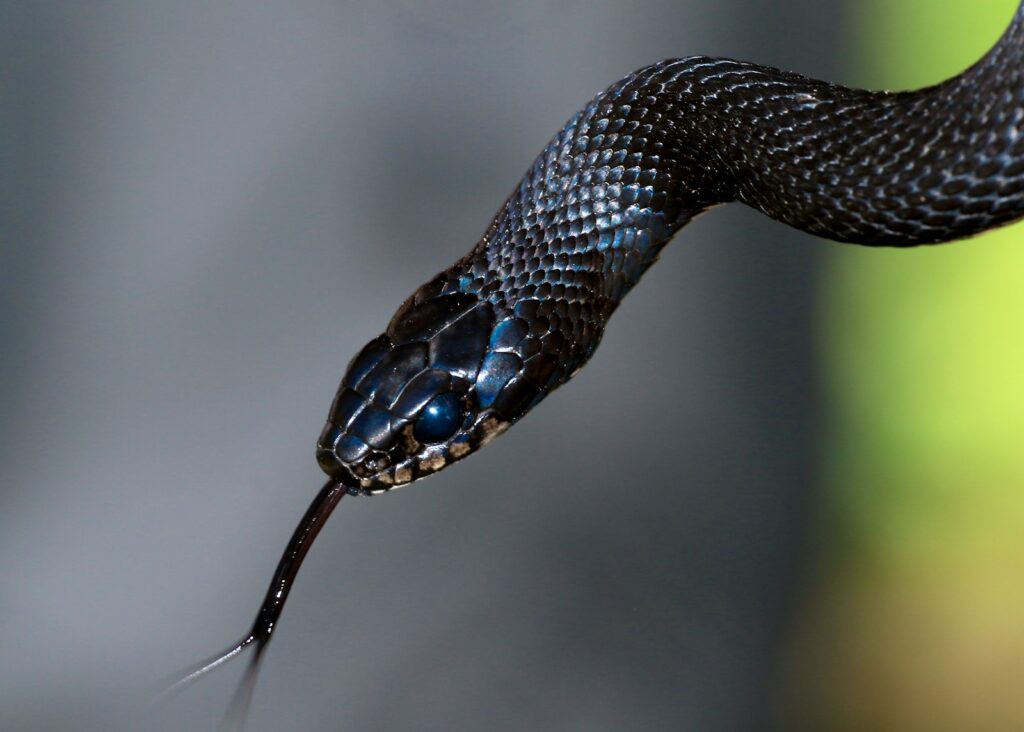
Burrowing snakes possess a suite of specialized physical traits that make them extraordinarily efficient at navigating subterranean environments. Their bodies typically feature a cylindrical, uniform shape that allows for smooth forward movement through soil without catching or snagging. Many species have developed reinforced skull structures with fused bones that act as natural shovels, while their scales are often highly polished and closely overlapping to minimize friction against substrate particles. Reduced eye size is common among dedicated burrowers, sometimes protected by transparent scales that prevent dirt from causing irritation or damage. Perhaps most fascinating is their muscular adaptation—these snakes have developed specialized muscles that allow for rectilinear motion, a straight-line crawling technique where belly scales grip the ground while the body moves forward in waves, perfectly suited for narrow tunnel navigation.
Behavioral Patterns of Burrowing Snakes
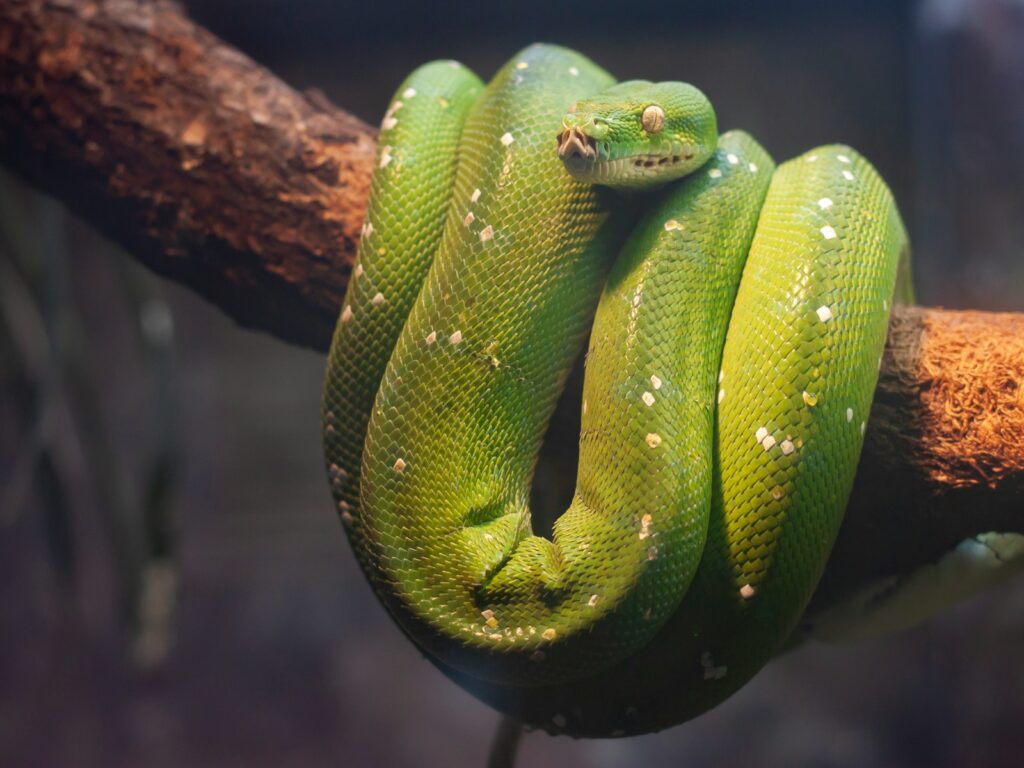
The behavior of burrowing snakes reflects their evolutionary adaptation to subterranean life in fascinating ways. Many species demonstrate crepuscular or nocturnal activity patterns, emerging from their burrows during dawn, dusk, or night when temperatures are moderate and predation risk is lower. When threatened, rather than fleeing across open ground, burrowing specialists typically dive headfirst into substrate—a defensive response that happens with remarkable speed. Their hunting techniques often involve ambush tactics where they lie partially buried with just their heads exposed, waiting to strike at passing prey. Unlike arboreal species that rely heavily on visual cues, burrowers have developed heightened sensitivity to ground vibrations and chemical signals, allowing them to detect prey, predators, and potential mates while navigating their dark underground world.
Choosing the Right Enclosure
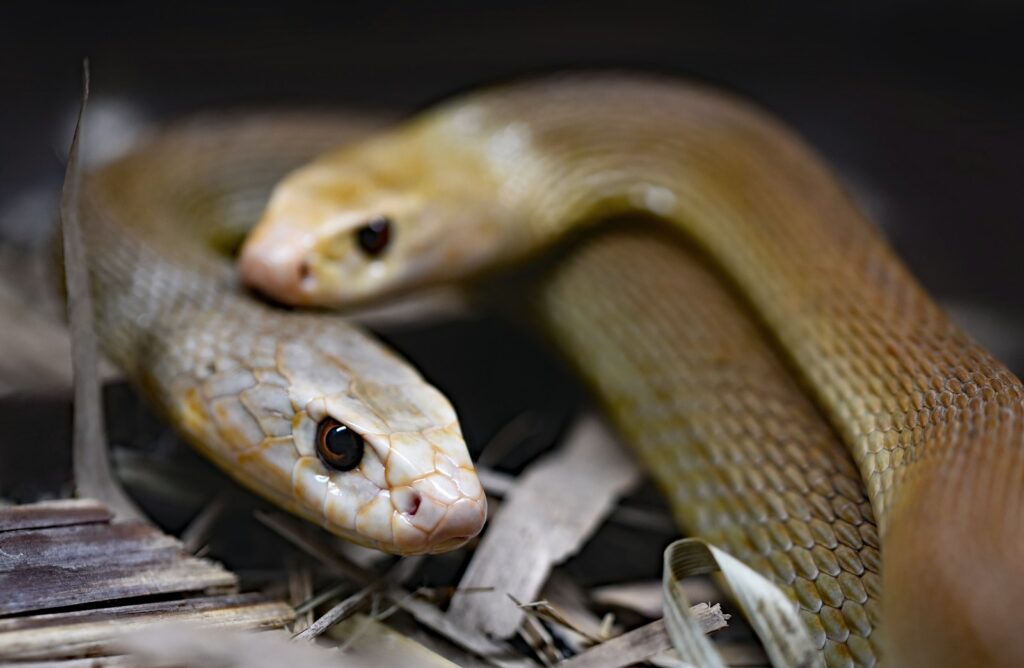
Selecting an appropriate enclosure is the foundation of proper burrowing snake husbandry. Horizontal terrariums generally work better than tall, vertically oriented ones, as they provide more ground surface area for burrowing activities. Glass aquariums with secure, well-ventilated lids serve well, but many experienced keepers prefer opaque-sided enclosures which provide the snake with a greater sense of security. The size requirements vary by species, but a good rule of thumb is to provide an enclosure length at least 1.5 times the snake’s total length, with sufficient width for turning around comfortably. Depth is particularly important—aim for a minimum substrate depth of 3-4 inches for smaller species and up to 6-8 inches for larger burrowers, allowing them to completely submerge themselves if desired. Before finalizing your selection, consider how the enclosure design will accommodate cleaning and maintenance while minimizing disturbance to the snake’s carefully constructed tunnel systems.
Substrate Selection for Burrowing Behavior
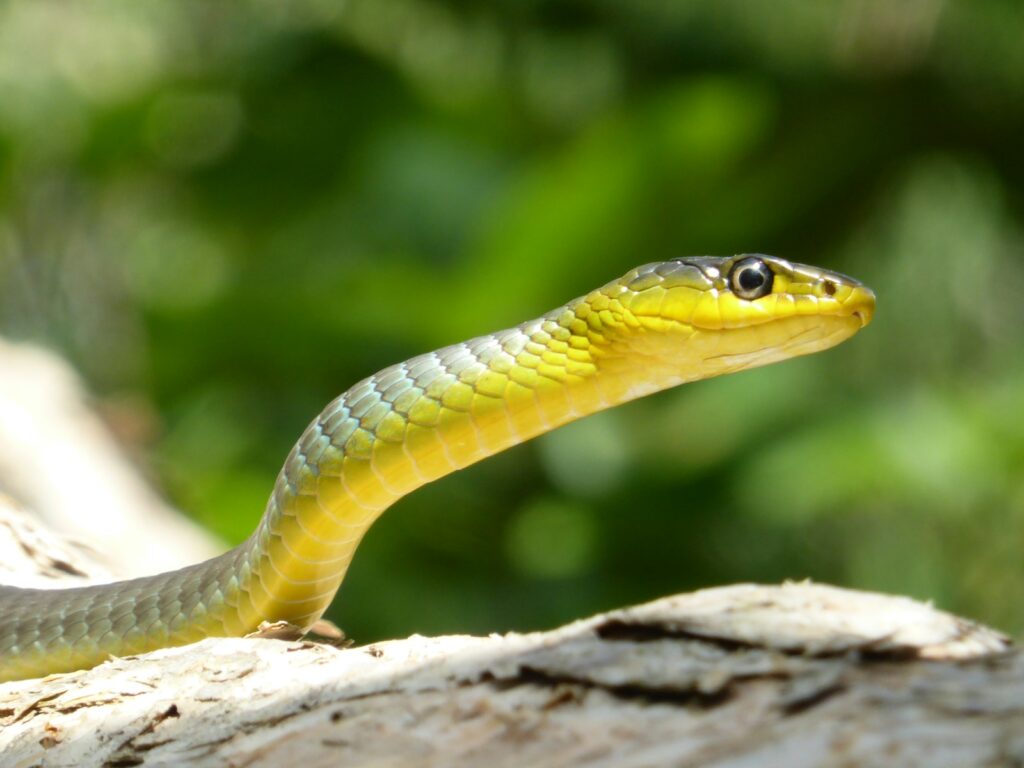
The substrate choice for burrowing snakes is perhaps the most critical aspect of their enclosure setup, directly impacting their ability to express natural behaviors. Aspen shavings are highly recommended for many burrowing species as they hold tunnels well without collapsing and don’t compact excessively when dampened. A mixture of fine sand and topsoil (approximately 70:30 ratio) works exceptionally well for desert-dwelling burrowers, mimicking their natural habitat while providing sufficient stability for tunnel construction. Coconut fiber products like coco coir offer excellent moisture retention properties for species requiring higher humidity levels, though they may need to be mixed with other substrates to improve structural integrity. Whatever substrate you choose must be free from harmful chemicals, sharp pieces, or toxic components—avoid cedar and pine shavings which contain oils harmful to reptiles. The ideal substrate depth should allow complete burial of the snake with some room to spare, typically 3-6 inches depending on the size of the animal.
Temperature and Humidity Requirements
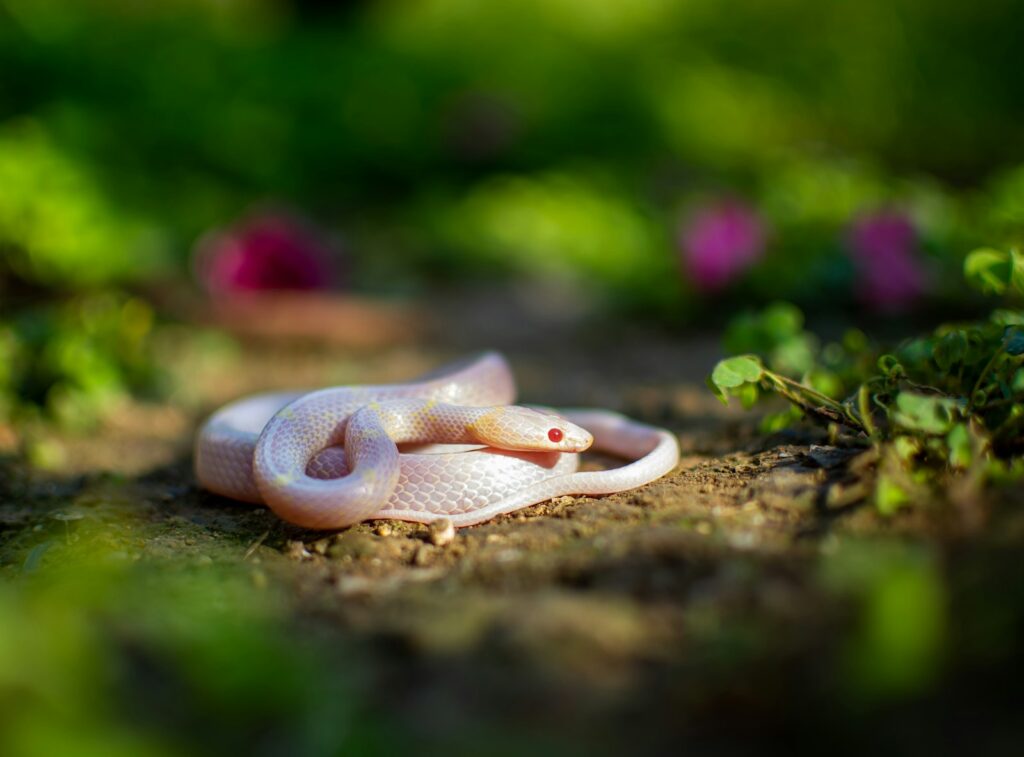
Creating the correct microclimate is essential for burrowing snakes, whose natural habitats often feature temperature gradients and specific humidity profiles. Establish a proper thermal gradient by placing a heat source at one end of the enclosure, allowing temperatures to range from the species’ preferred basking temperature (typically 85-90°F for many burrowers) at the warm end to approximately 75-80°F at the cool end. Underground temperature stability is important, so use heating elements like heat tape or heat pads mounted beneath the enclosure rather than overhead heat lamps which primarily warm the surface. Humidity requirements vary dramatically between species—desert burrowers like sand boas typically require 30-40% humidity, while forest-dwelling species may need 60-80%. Humidity levels can be maintained through strategic misting, properly sized water dishes, and moisture-retaining substrates in portions of the enclosure. Remember that humidity gradients are natural and beneficial, allowing the snake to self-regulate by moving between moister and drier areas of their habitat.
Enrichment Features for Burrowing Snakes
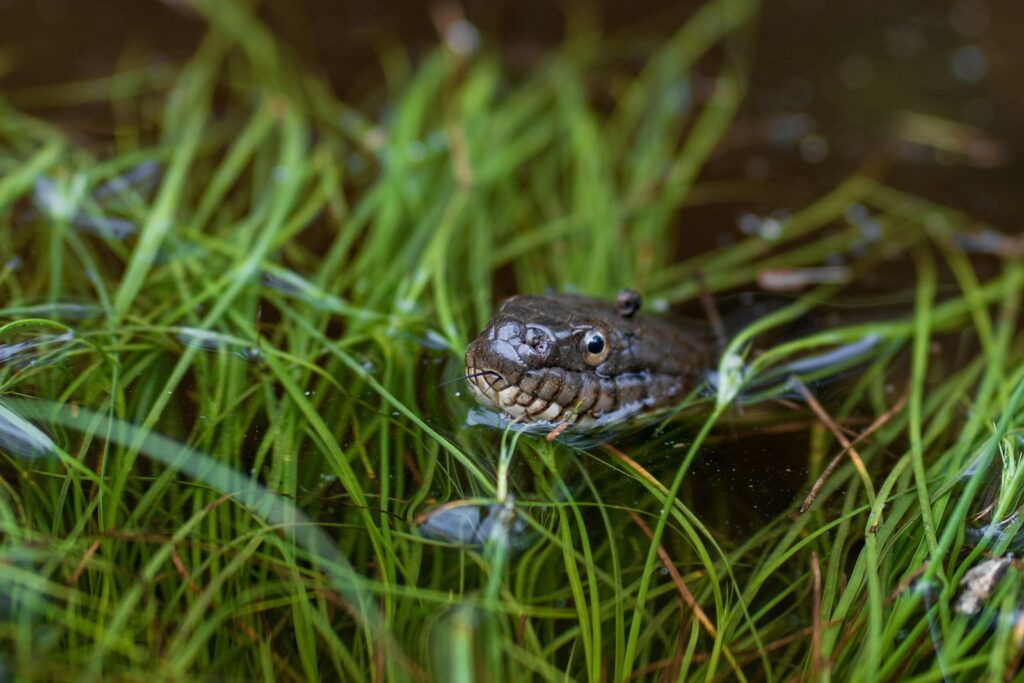
While burrowing snakes may seem less active than their arboreal counterparts, they still benefit greatly from environmental enrichment that stimulates natural behaviors. Partially buried cork bark pieces create natural-looking hideaways while providing structural support for tunnels that might otherwise collapse. Small caves or commercially available hide boxes placed at different temperature zones allow the snake to thermoregulate while feeling secure. For species that occasionally climb, adding low, sturdy branches or rocks provides opportunities for exploration and exercise above ground. Substrate diversity can also serve as enrichment—creating areas with slightly different substrate depths or compositions encourages investigation and allows the snake to select preferred burrowing locations. Periodically rearranging decorative elements or introducing novel scents (from safe prey items) stimulates cognitive activity as the snake explores these changes, though major reconfigurations should be limited to minimize stress.
Common Husbandry Mistakes to Avoid

Even experienced snake keepers can make critical errors when housing burrowing species if they don’t understand their specialized needs. One of the most common mistakes is providing insufficient substrate depth, which prevents natural burrowing behavior and causes stress as the snake repeatedly attempts to dig deeper. Using excessively damp substrate is another serious error that can lead to scale rot and respiratory infections, especially for desert species adapted to arid conditions. Many well-intentioned keepers disturb their burrowing snakes too frequently while searching for them or cleaning the enclosure, disrupting their sense of security and potentially damaging their carefully constructed tunnel systems. Inadequate temperature gradients can force burrowers to spend too much time on the surface attempting to thermoregulate rather than engaging in natural subsurface behaviors. Perhaps most dangerously, some keepers introduce loose substrate particles small enough to be accidentally ingested during feeding, which can cause potentially fatal impactions—always feed in a separate container or use a feeding dish when offering prey to burrowing species.
Feeding Adaptations for Burrowing Species
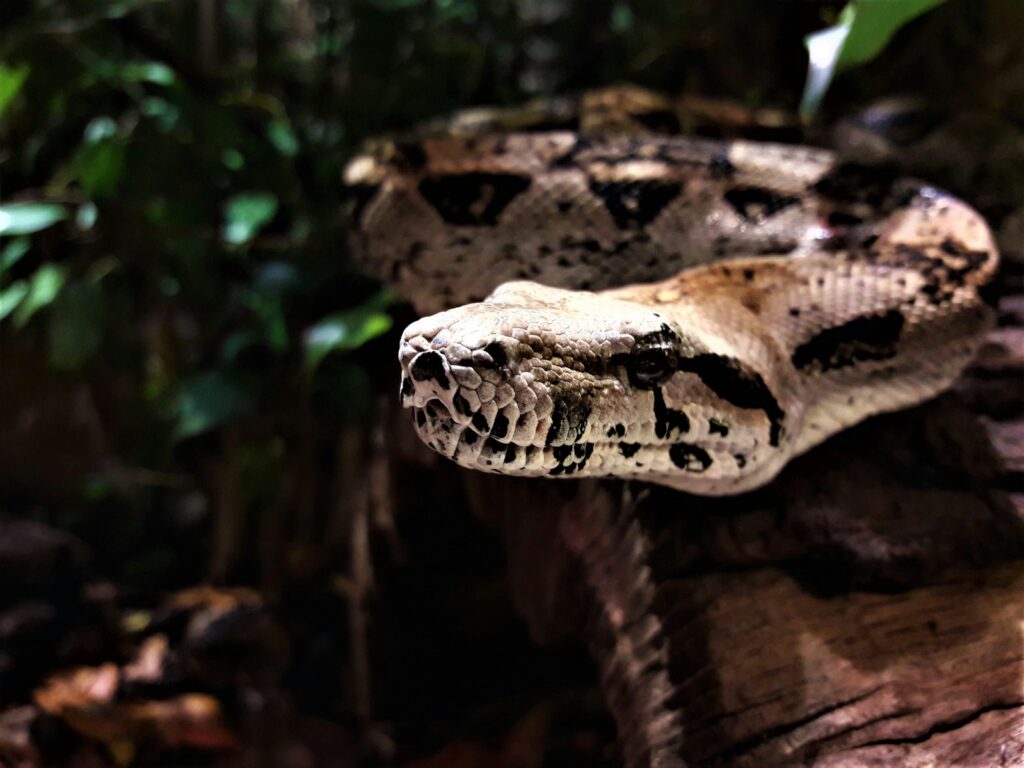
Feeding burrowing snakes requires special consideration given their unique lifestyle and hunting adaptations. Many burrowing specialists prefer to ambush their prey from beneath the substrate, so some keepers choose to place pre-killed prey items on the surface and allow the snake to hunt naturally, emerging to strike when ready. For snakes that resist traditional feeding methods, scenting techniques using prey items familiar to the species in their natural habitat can be effective—for example, using lizard or amphibian scents for hognose snakes that naturally prey on these animals. Feeding frequency typically follows standard snake care protocols based on age and size, though some burrowing species have slower metabolisms and may eat less frequently than their surface-dwelling counterparts. A feeding container separate from the main enclosure prevents accidental substrate ingestion and makes it easier to monitor consumption, though this must be balanced against the stress of handling. Always ensure appropriate prey size—the diameter of the prey item should not exceed 1.5 times the widest part of the snake’s body.
Monitoring Health While Respecting Natural Behaviors
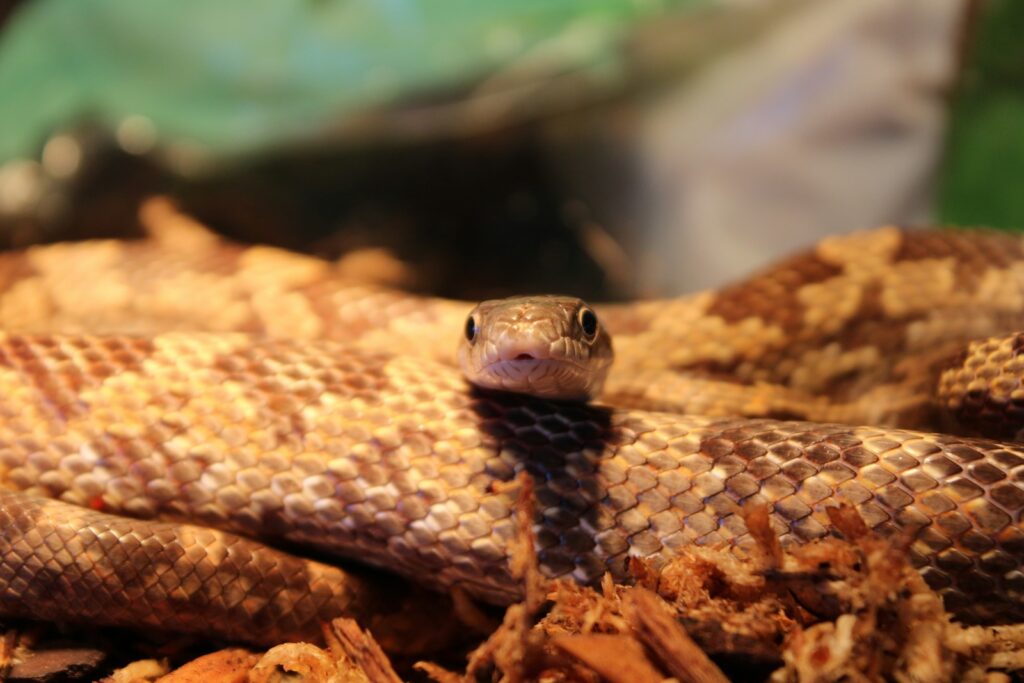
The secretive nature of burrowing snakes presents unique challenges for health monitoring that require thoughtful approaches from responsible keepers. Develop a regular observation routine that respects the snake’s natural tendencies—gently checking on the animal during its typical active periods rather than digging it up for inspection. Learn to identify subtle signs of your snake’s presence, such as small movements in the substrate, fresh tunnel openings, or displaced decorations, which can indicate normal activity without direct observation. Maintain a detailed record of feeding, shedding events, weight measurements, and any behavioral changes to establish baselines for what’s normal for your individual snake. When handling is necessary for health checks, do so with minimal disruption to the enclosure’s burrowing structure by carefully moving substrate aside rather than digging through established tunnels. Watch vigilantly for specific health concerns common to burrowing species, including respiratory infections (indicated by bubbling around the nostrils or open-mouth breathing), mites (which may be harder to spot on snakes that remain buried), and signs of dehydration (wrinkled skin or decreased skin elasticity).
Breeding Considerations for Burrowing Snakes
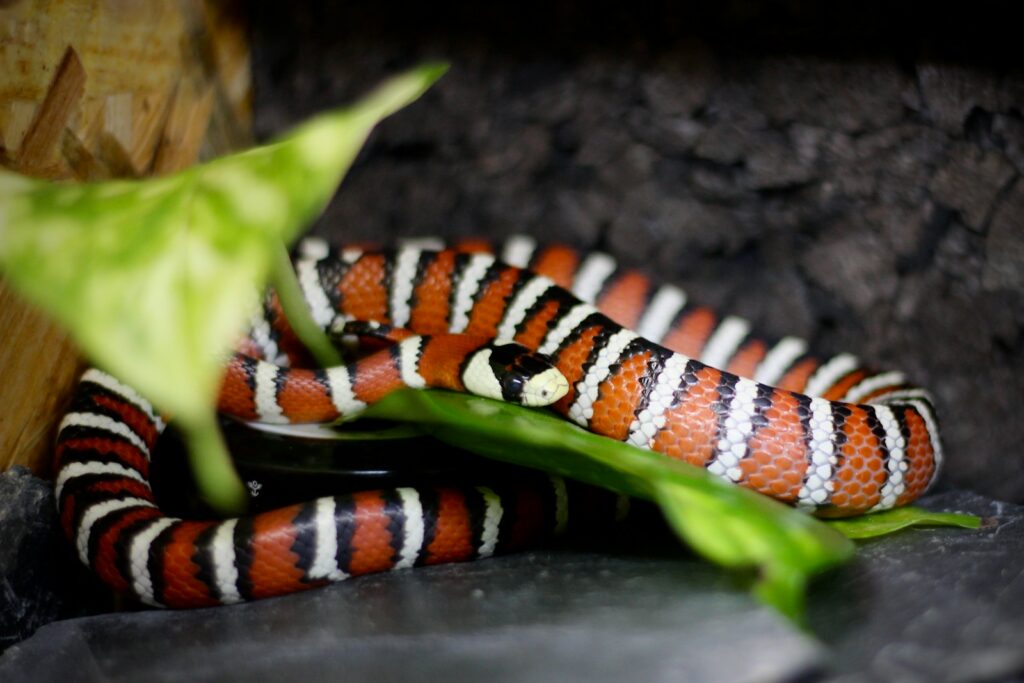
Successfully breeding burrowing snake species requires specialized knowledge and preparation beyond standard reptile breeding protocols. Most burrowing specialists benefit from a pre-breeding brumation period—a seasonal temperature reduction that mimics winter conditions and triggers reproductive behaviors. The substrate depth becomes even more critical during breeding seasons, as females of many burrowing species require adequate depth for nesting behaviors and may become stressed if unable to create appropriate egg-laying sites. Temperature cycling is particularly important, with subtle increases during the breeding season followed by further increases for gravid females, who often seek out warmer microenvironments while developing eggs. Egg deposition typically occurs within the substrate for most burrowing species, so careful monitoring is essential to locate and properly incubate clutches before they are damaged. Some breeders provide specialized egg-laying areas with slightly different substrate composition or moisture levels to encourage females to lay in predictable locations, making egg recovery less disruptive to the enclosure’s overall setup.
Conservation Status and Ethical Considerations
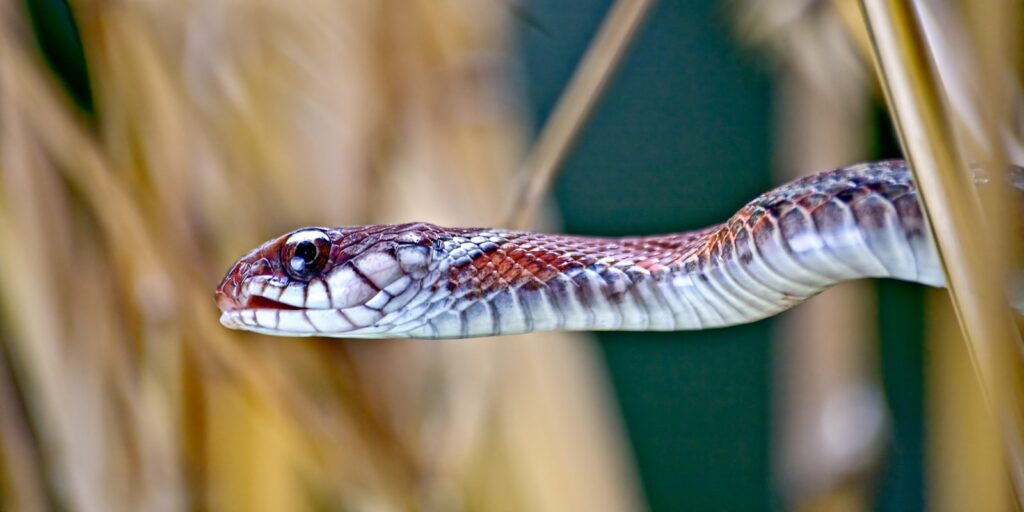
The fascination with keeping burrowing snakes comes with important ethical considerations regarding conservation and responsible ownership. Many burrowing species face significant conservation challenges due to habitat destruction, particularly from agricultural expansion and urban development that directly impacts their underground ecosystems. Sand-dwelling species are especially vulnerable to mining operations and desert development projects that fundamentally alter their specialized habitats. Responsible keepers should always verify that their animals come from legal, captive-bred sources rather than supporting the often-harmful wild collection trade that can devastate local populations. Joining species-specific conservation efforts or contributing to habitat preservation initiatives represents an important ethical dimension of the hobby. Prospective owners must also honestly assess their ability to provide specialized care for the animal’s entire lifespan—many burrowing species live 15-25 years with proper care, representing a significant long-term commitment requiring sustained expertise and resources.
Conclusion
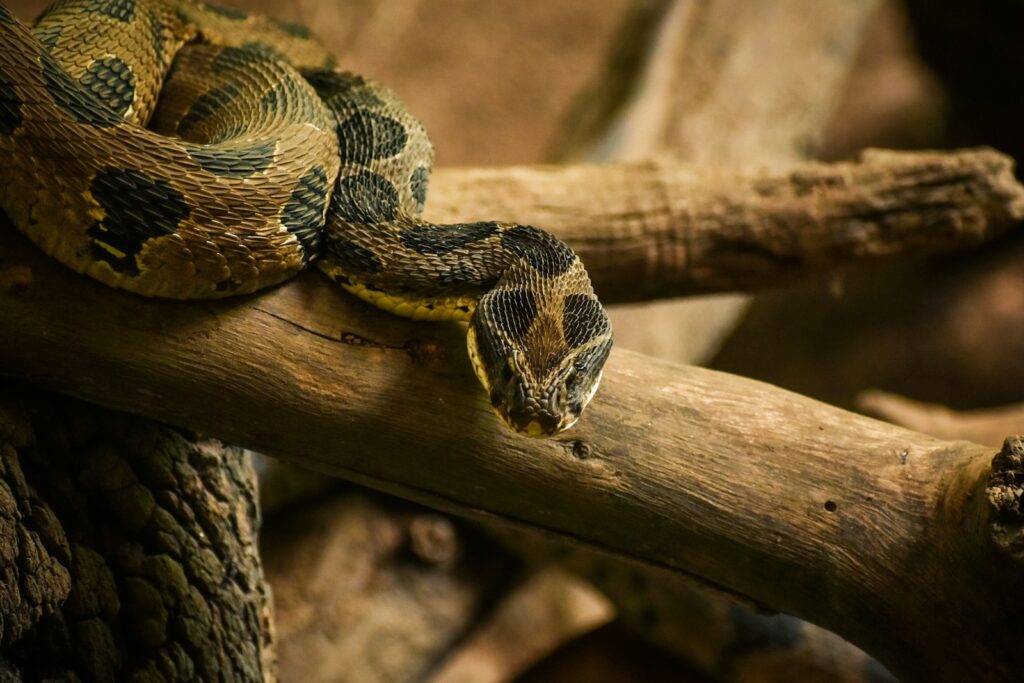
Understanding burrowing snakes opens a fascinating window into specialized reptilian adaptations that have evolved over millions of years. By creating environments that honor these natural behaviors, keepers can enjoy observing these remarkable creatures while providing them with the specific conditions they need to thrive. The hidden world of burrowing snakes may be less immediately visible than that of their surface-dwelling relatives, but it is no less complex or deserving of our careful attention and respect. With proper setup, maintenance, and observation techniques, the rewards of keeping these underground specialists include not just a healthy snake, but the satisfaction of supporting and witnessing natural behaviors rarely seen in the wild.



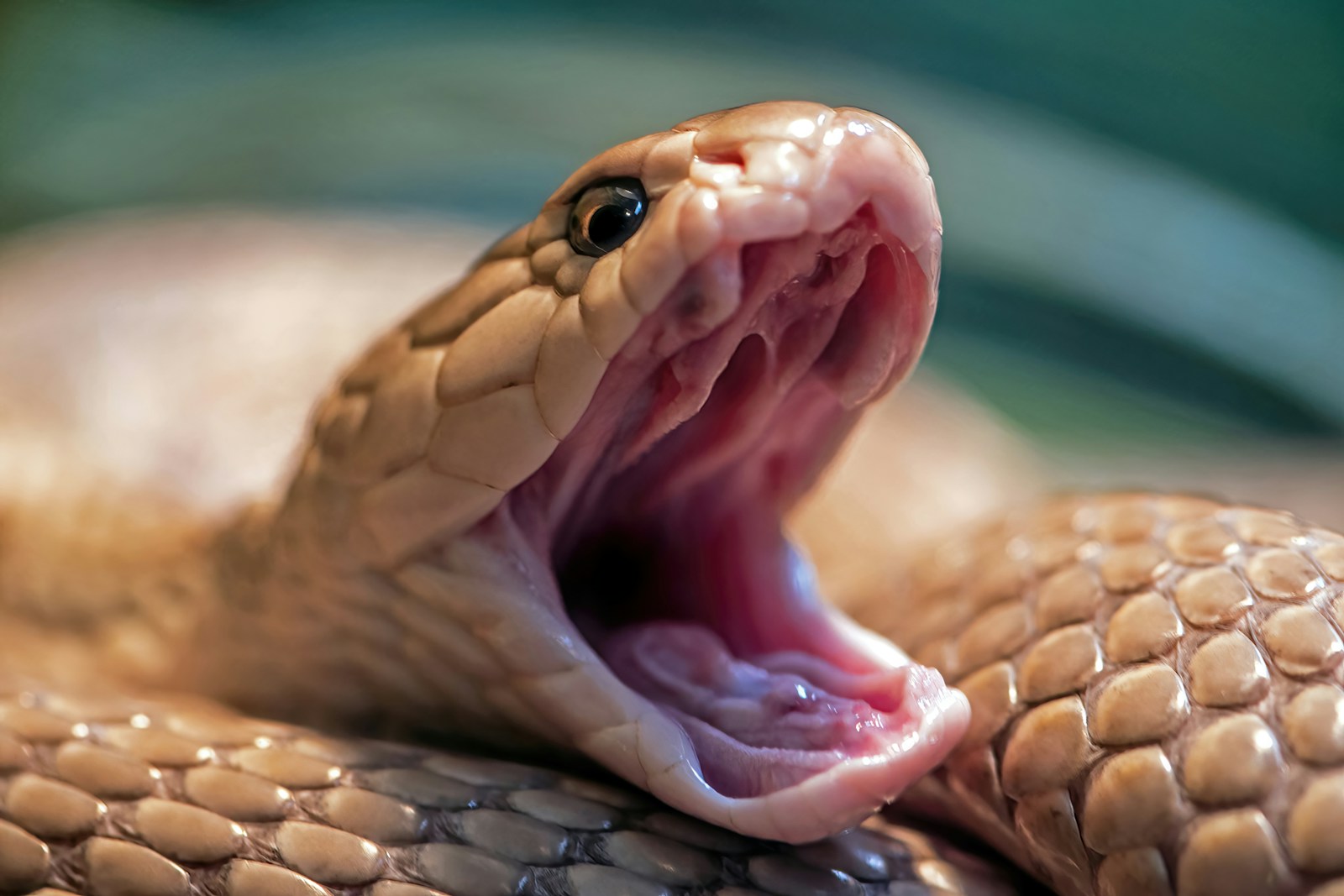



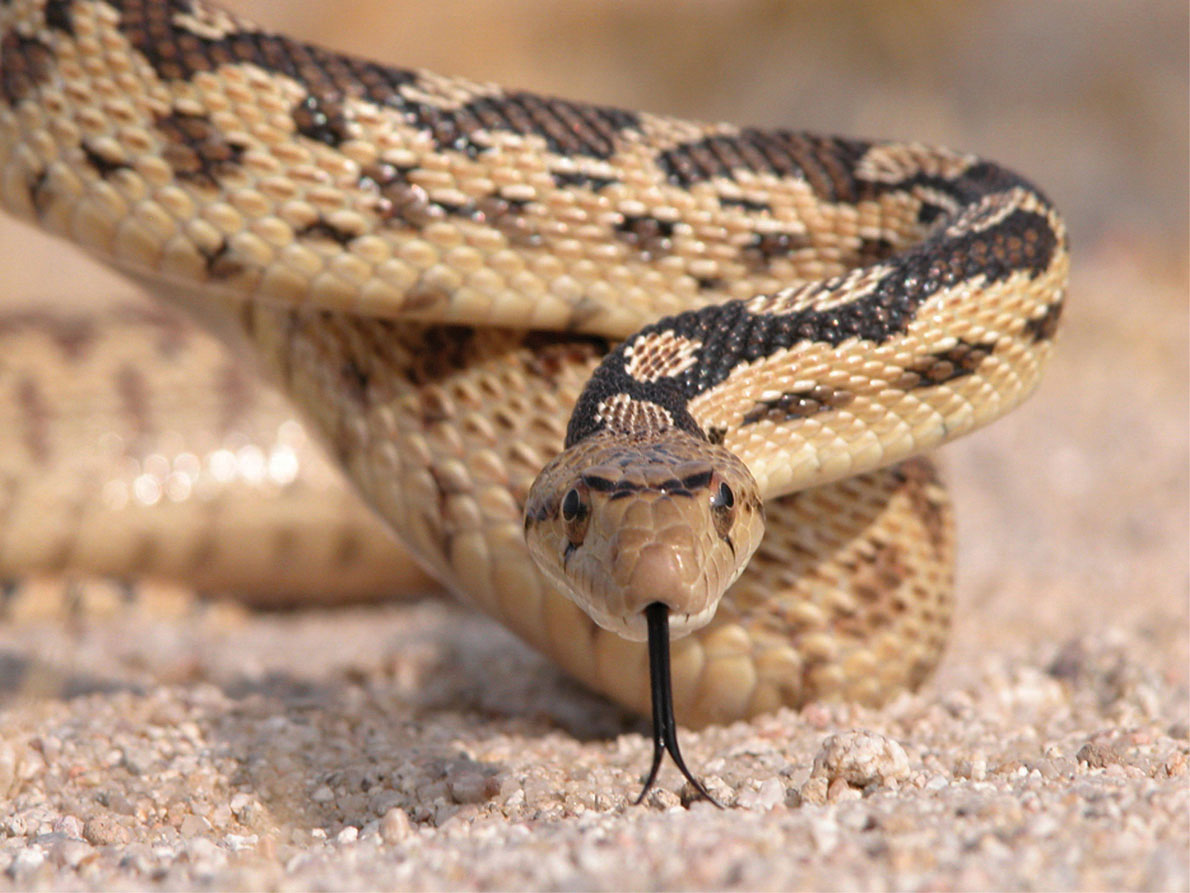
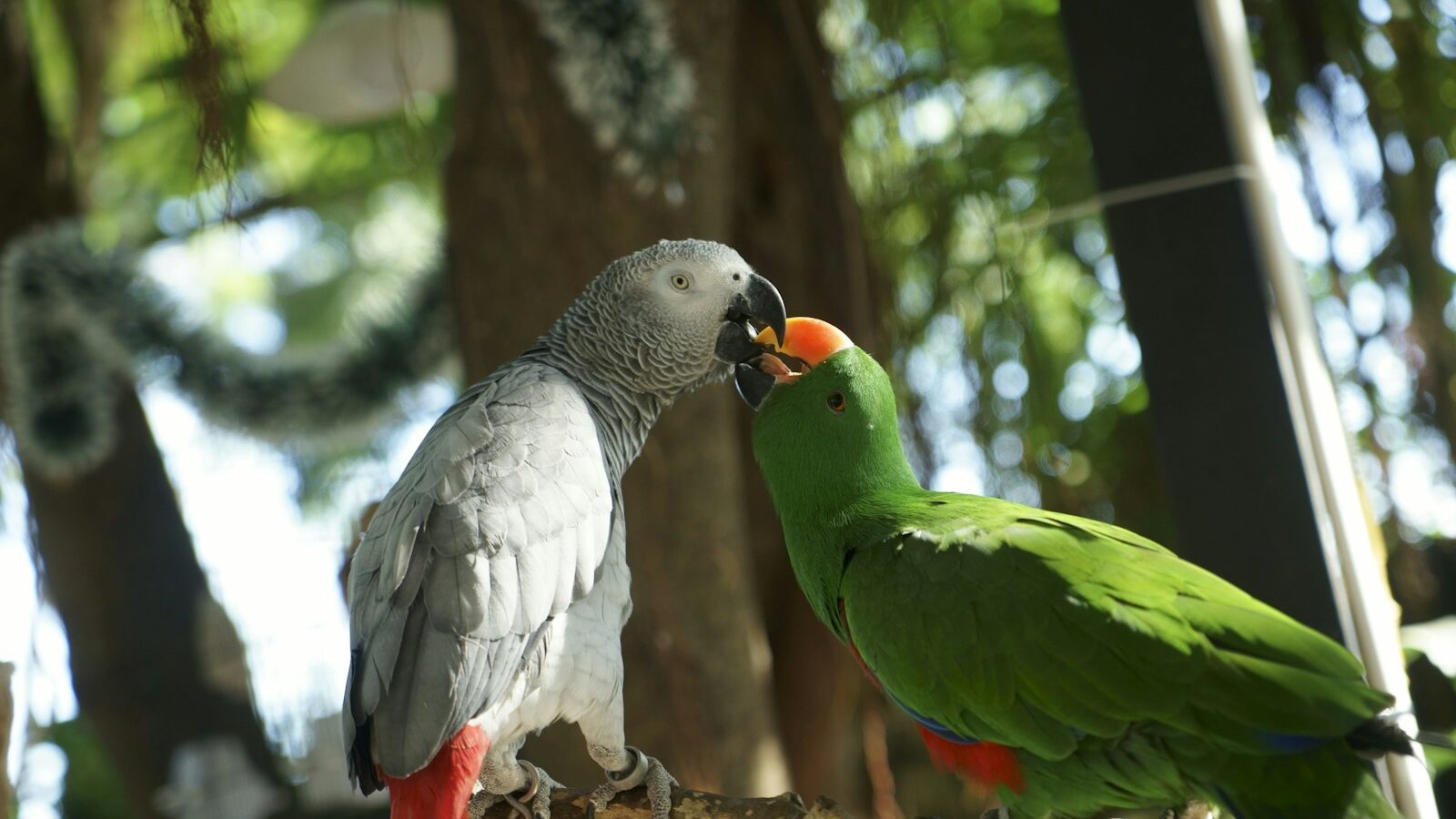
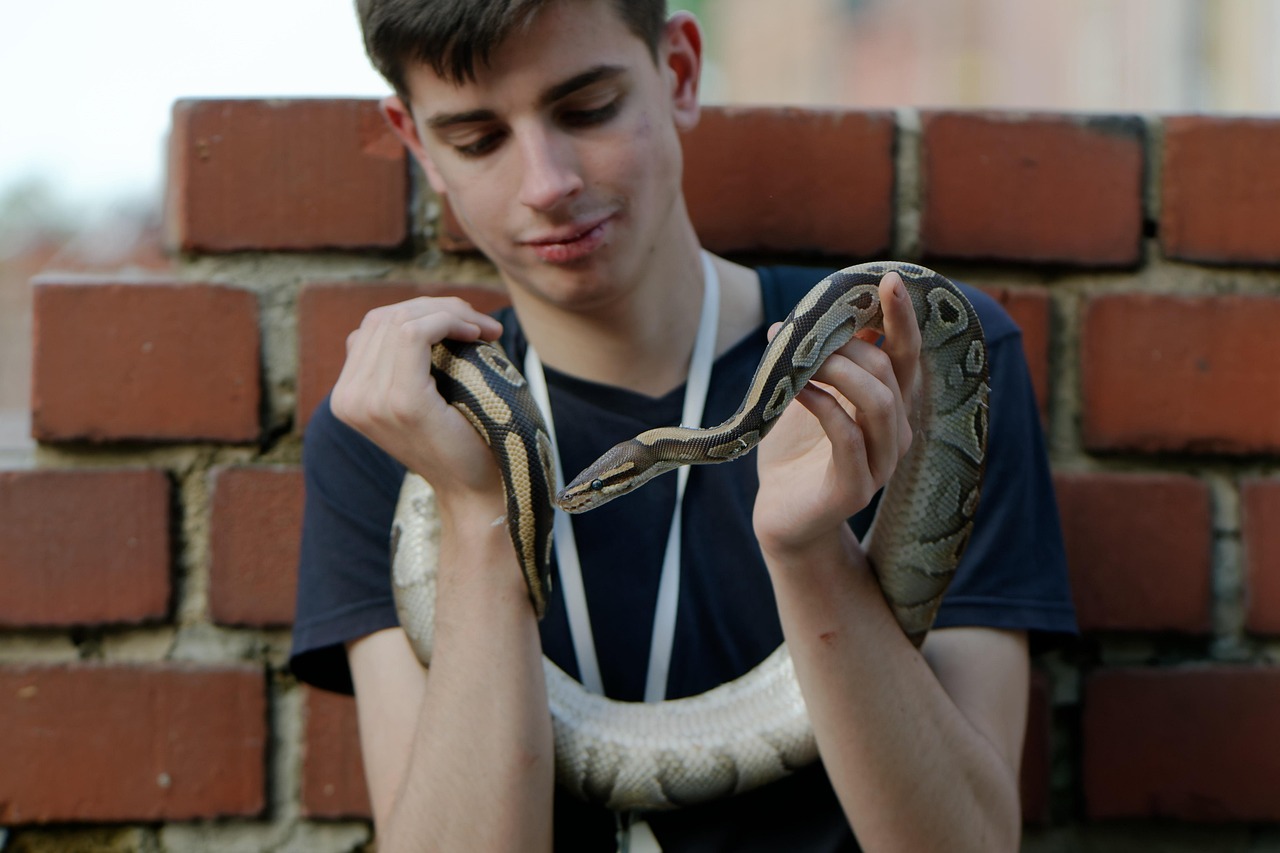
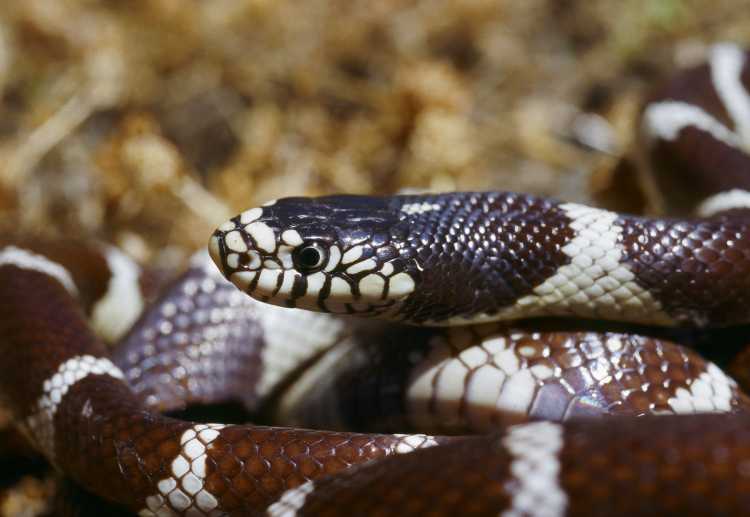




Leave a Reply